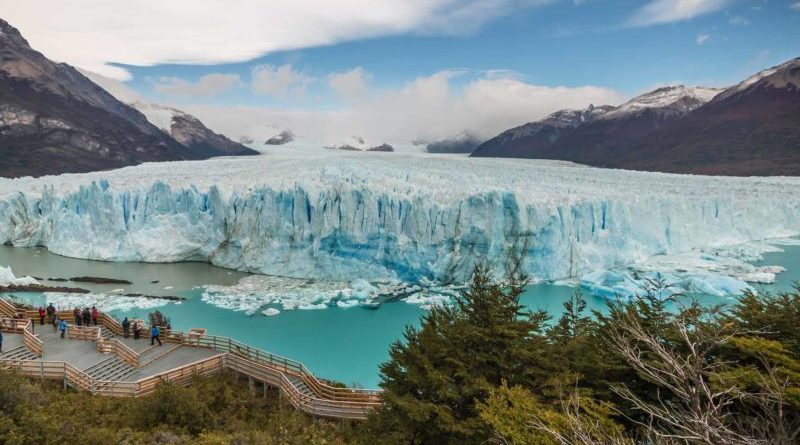UNESCO Heritage Sites in Argentina
Argentina is a country of stunning nature, great history and unbelievable places. All this and more was surely noticed by UNESCO World Heritage experts. Below is a list of UNESCO sites in Argentina.
Los Glaciares National Park
Los Glaciares is a national park located in Patagonia. With Total Square of 4458 square km it is the second largest resort in Argentina. The park was named after a huge ice Andes plateau that divided into 47 large glaciers. This ice sheet is the only one in the world to be placed on the 1500 meters above the sea level. Glaciares Park can be visibly divided into 2parts, which are presenting 2 lakes.
The Southern part is a part of the largest lake in the country Argentino and the northern part is representing Viedma Lake. Enormous is sizes and indescribable in beauty park Los Glaciers is a popular destination for tourists both extreme and eco-lovers. The place is also famous for its magnificent wild life. Here among 100meters glaciers and turquoise lakes one can meet pumas, guanacos, rheas and gray foxes.
Jesuit Missions
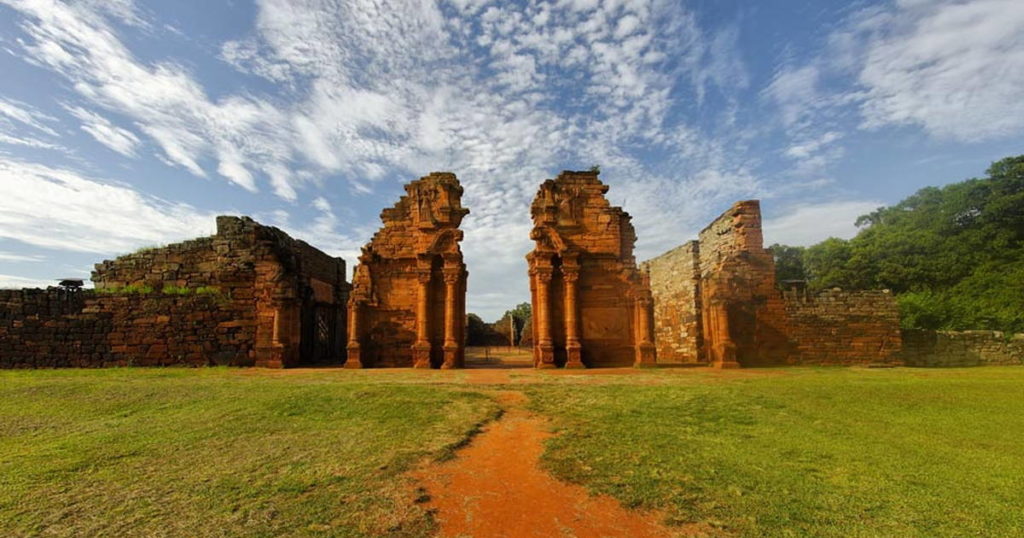
Jesuit missions are Jesuit architectural masterpieces of XVII century. They are spread throughout the country in such places as San Agnacio Mini, Santa Ana, Nuestra Senora de Loreto and Santa Maria la Mayor. All these places were built in XVII century by Jesuits during colonial period in Spain. Each place was especially built for aborigines – Indian tribes. They were baptized into Christianity and taught literacy. Impressive history, festinating architecture and beautiful landscapes make them a great site to be visited in Argentina.
Iguassu
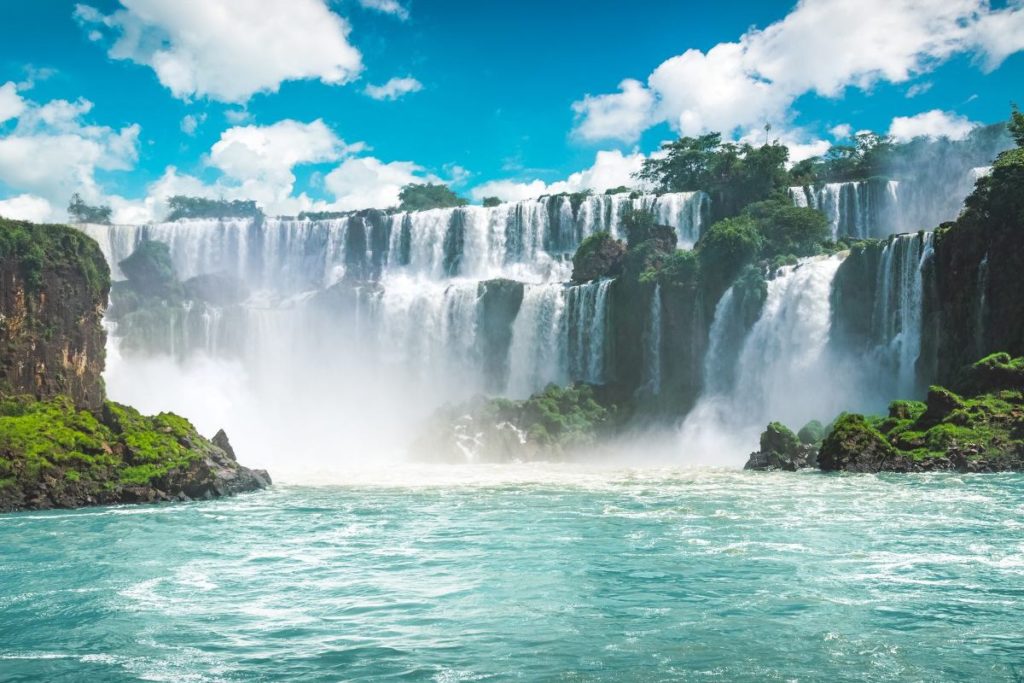
Iguassu national park is an exceptional place in Argentina. The main attraction of the park is an immense waterfall Iguassu, which is formed out of 275 falls. It is interesting that Iguassu is higher than Niagara and wider than Victoria. Moreover it has a wonderful natural world, which is presented in thousands of species half of which is yet to be studied by human.
Cueva De Los Manos

Cueva de los Manos is a historical treasure represented in a Santa-Cruz cave. It has a great importance for a human history as it has paintings of human hands that date from 13 000 to 9 000 years ago. Researches showed that most of the hands are left and belonged to teenage boys, which might have been an admission ritual.
Valdes Peninsula
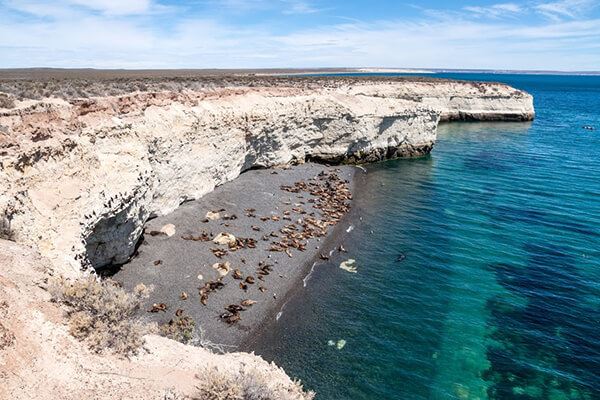
Valdes peninsula is a beautiful place where each can feel real nature. Pure and clear lands that are almost uninhabited by people are widely settled by animals. Among breathtaking landscapes one can find penguins and sea lions that lie on the coast. Valdes is also famous for whale watching. The best time to come is May-September, this time whales come here for maternal reasons so there is a chance to see whale moms and whale babies.
Ischigualasto & Talampaya National Parks

Ischigualasto & Talampaya are famous national parks in Argentina. Both of them are considered to be protected areas. Numerous natural spots, breathtaking views and incredible flora and fauna have put them on a list of most visited parks in Argentina. They contain late Carnian items that include some of the oldest dinosaurs and mammals that lived more than 225 million years ago.
Jesuit Block and Cordova Estancia
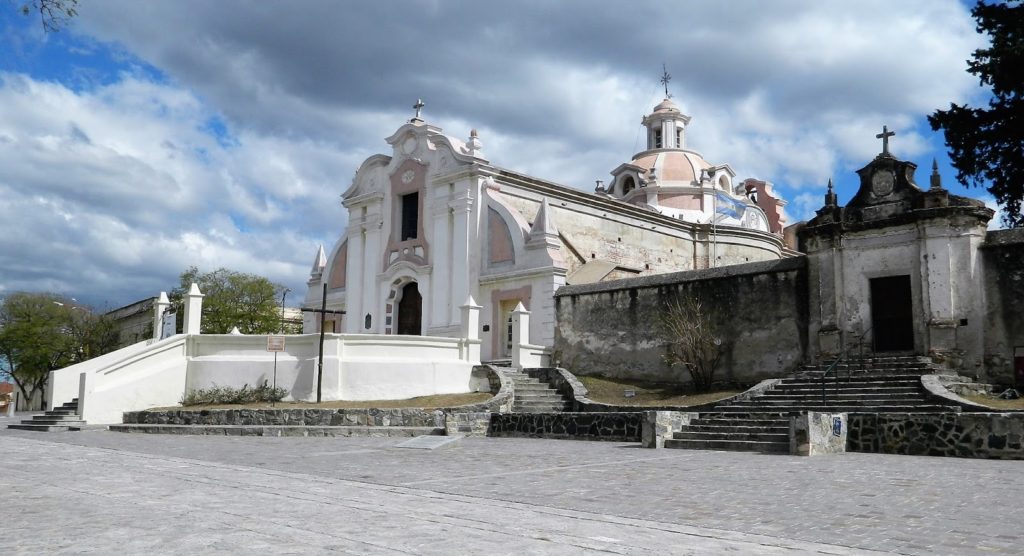
Jesuit block is one more architectural masterpiece that has been left by Christians. The block is situated near Argentinean city Cordova and is divided into 2 parts: the one that include ancient churches and the one that has Argentina oldest university.
La Quebrada De Humahuaca

La Quebrada de Humahuaca is a picturesque valley on the north-west of Argentina. The valley stretches from north to south for more than 155km on the height of 2 km above the sea level. Apart from geographical significance the valley is famous for its changeable history: more than a 1000 years ago it used to be a home for Indian tribes, than it was a center of Incas empire and finally it was in Vice Royalty Rio de La-Plata.
